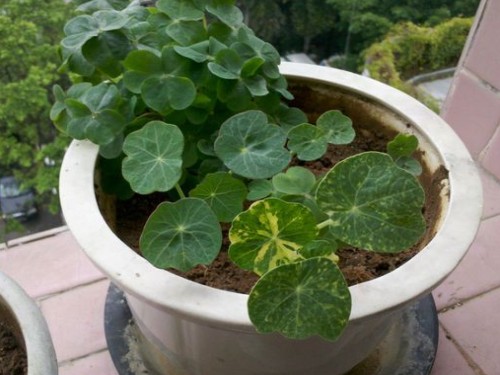Propagation method of Dianthus chinensis
When it comes to pink flowers, not many people know about them, but when it comes to carnations, people are more familiar with them. In fact, we often say that the stone bamboo flower includes Chinese carnation; American carnation, also known as colorful carnation; carnation, that is, people often say carnation, Zhai wheat and so on. In our country, Europe and the United States and even in the minds of people all over the world, the feelings of missing mother and loving mother are pinned on Lycopodium album, which has become a symbol of commemorating "Mother's Day" in many countries in the world.
The common methods of sowing, cutting and dividing plants are used to propagate Dianthus chinensis.
1. Sowing and breeding
It usually takes place in September. Sowing in open seedbed, keep pot soil moist after sowing, transplant when seedlings grow 4-5 leaves, bloom next spring. It can also be sown in September or in cold rooms in November and December, and planted in the open field in April of the following year.
Field sowing, garden soil can be, not too sticky soil can be. For plug seedling, peat soil, sand and vermiculite can be mixed into compound substrate in the ratio of 1:1:1. Sow 200 seeds per square meter. If it is for the production of seedlings, after the seedlings are moved elsewhere, they can be doubled, that is, 400 seeds per square meter; if they are sown in the greenhouse, they can be increased to 600 seeds per square meter. 108-hole tray was the best way to raise seedlings.
2. Cutting propagation
From October to late February to March of the following year, young shoots 5-6 cm long are cut for cuttings in the flourishing period of branches and leaves, and the roots are rooted 15-20 days later. Cuttings are used to propagate a variety. As long as conditions are suitable, cuttings can be used throughout the growing season, but they cannot bloom that year. Cutting in autumn and winter is appropriate. Cuttings are easy to survive when the temperature is between 5℃ and 15℃. Vermiculite can be selected as cutting substrate in protected field, and roots can be taken at 10~15℃ for more than 20 days.
Autumn open field cuttage, can be used as common garden soil cuttage substrate. The suitable ground temperature for rooting is 5~15℃. After cutting, the substrate will be solid to prevent the wind from shaking the cuttings. Water once permeable, the next spring can grow and bloom normally. Cutting density varies from 100 to 500 plants per square meter, depending on the use. The seedlings can be transplanted in 3 months after emergence, and the seedlings can be transplanted in 2 months after emergence. Cuttings can be transplanted 40 days after cuttage.
3. Plant division and propagation
Plant division propagation is mostly carried out after flowering by using old plants, which can be carried out in autumn or early spring. For example, it can divide plants in April, pay attention to drainage in summer, strengthen fertilizer and water management after September, and bloom again in early October.
Dianthus chinensis is easy to cross, and those who keep seeds need to be isolated and planted. Before flowering, some leaf axils and buds should be removed in time, mainly to ensure that the top buds bloom. Winter should be less watering, if the temperature is maintained at 5-8 degrees, then winter and spring continue to bloom
Time: 2019-06-10 Click:
- Prev

Breeding methods of Clematis paniculata
Nelumbo nucifera is a perennial trailing herbaceous flower of the genus Clematis of the family Nelumbo nucifera. Stem fleshy hollow, grayish green, simple leaves alternate, long petiolate, peltate-rounded entire undulate. The flower ends on a symmetrical slender pedicel drawn from leaf axils, with yellow, red, orange, purple, milky white and complex colors. The fruit is pale green
- Next

The Seedling method of Rose-- cutting Seedling technique of Rose
I believe everyone has seen the beautiful rose, and the rose is my favorite flower! Its stems and leaves change with the season: in spring, a few small purplish red leaves are just born, the branches are tender green, and the flowers are still sleeping in the bud; in summer, many flowers bloom, and the rose is no exception.
Related
- Fuxing push coffee new agricultural production and marketing class: lack of small-scale processing plants
- Jujube rice field leisure farm deep ploughing Yilan for five years to create a space for organic food and play
- Nongyu Farm-A trial of organic papaya for brave women with advanced technology
- Four points for attention in the prevention and control of diseases and insect pests of edible fungi
- How to add nutrient solution to Edible Fungi
- Is there any good way to control edible fungus mites?
- Open Inoculation Technology of Edible Fungi
- Is there any clever way to use fertilizer for edible fungus in winter?
- What agents are used to kill the pathogens of edible fungi in the mushroom shed?
- Rapid drying of Edible Fungi

